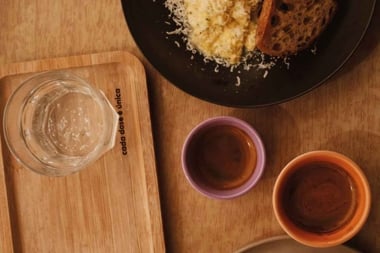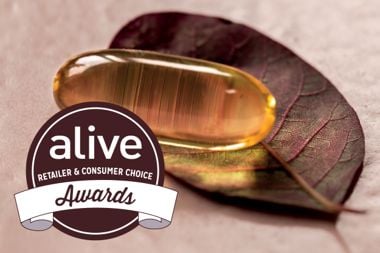Burdock
An old tradition maintains that burdock root should be gathered in autumn under the waning moon, dried, cut into pieces and strung on a red string
An old tradition maintains that burdock root should be gathered in autumn under the waning moon, dried, cut into pieces and strung on a red string. When worn, this burdock necklace will protect the bearer from evil and negativity.
The planet Venus rules over burdock. In medieval times a girl would pick a burr from burdock, give it her lover's name and throw it against her dress. If it stuck he was faithful, if not, he was untrue.
The herb's etymology is obvious: bur originating from the French word bourre meaning woolly, and the word dock is an Old English word denoting any large-leafed plant. However, another theory alleges that in medieval England, when the use of French was still widespread from the Norman invasion, farm women used to wrap their butter in the big leaves of burdock to maintain its freshness en route to market. So bur-dock may have evolved from beurre (butter) dock.
The tenacity of burrs is well-known. Indeed, the Swiss inventor, George de Mestral, perfected Velcro after studying the burr's innumerable tiny hooks under his magnifying glass.
Burdock can grow as high as two metres and as wide as one metre. It blooms from mid-July to September, with round, purple flower heads on stalks a metre long. The flowers mature into the spherical, brown-grey burrs. It grows easily from seed and is not bothered by pests. However if you plan on planting it in your garden for medicinal or culinary use, be aware that the herb can become very invasive. The roots can grow to one metre in length, so plant them in, rich soil, in full sun. Some gardeners add copious amounts of wood shavings or other loose material to facilitate harvesting, which, as with all root crops, is best done in the fall to maximize nutritional content.
Burdock is one of the principal detoxifying herbs in both Western and Chinese herbal medicine. It's an excellent blood purifier and will help cleanse the body of waste products, including heavy metals and uric acid. The latter quality makes burdock a superior herb for the treatment of arthritis and gout. Several recent studies have confirmed burdock's popular reputation as an anti-tumor herb. It is one of the four ingredients in the anti-cancer tea
blend, refined by Canadian nurse, Renee Caisse, who acquired the recipe from a First Nations healer.
Burdock's antibiotic, anti-fungal and demulcent qualities have proven valuable in the treatment of skin disorders, especially when toxicity is a factor. Taken internally and applied topically, it has been used to successfully medicate acne, boils, eczema and psoriasis.
The Japanese are very fond of burdock, although the herb is rarely used in Western kitchens. The young stalks can be peeled and steamed like asparagus and the young leaves are cooked like spinach. In spring the very young leaves may be added raw to a salad. The herb is quite nutritious, high in chromium, iron, magnesium, silicon and thiamine (vitamin Bl).
Roasted Burdock
Roll whole, cleaned burdock roots in fresh, burdock leaves, wrap them in foil and roast them in the hot ashes of your campfire or home barbecue for about one hour. Lightly salt them or, even better, sprinkle with soy sauce.
Burdock Roots in Soy Sauce
Cut desired quantity of peeled burdock roots into long pieces the width of match-sticks. Just cover with water in a heavy saucepan with a generous splash of soy sauce. Bring to boil and simmer, covered, for 15 minutes. Remove the lid and continue simmering until most of the liquid has cooked away and the burdock has absorbed the soy sauce. Remove from heat before the burdock sticks to the pan. Serve with Japanese or other Asian food.




